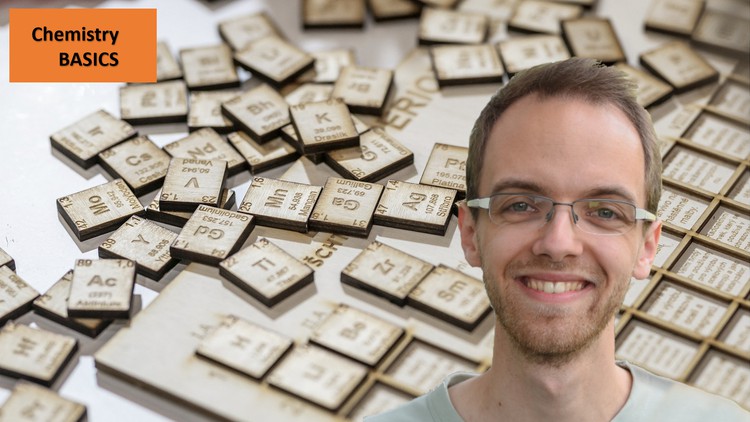
Chemistry in Everyday Life, Industry and Science
What you will learn
You will learn how to use concepts to understand applications
Understand how you can use your chemistry knowledge to think outside the box
Know how our description of atoms evolved from an atomic pudding to quantum mechanical models in just 29 years
Understand how electrons like to arranged themselves around the atomic nucleus
Know which state of matter is the rarest
Know which elements like to take on or give up an electron to be more stable
Learn why hydrogen is an important educt in chemical industry
Understand why hydrogen can “hide” in metals and how this property can be used
Study when asymmetry can be helpful to (dis)solve things
Learn what industry can make with you table salt
Understand how lithium can help you to store energy
Know which industry is responsible for 8% of the global CO2 emissions and why
Learn why people measure the hardness of water
Grasp how a very reactive element can be used for cooking
Learn why silicon likes to form networks and is very creative with it
Description
You are a professional, a student, a teacher or just interested in general trends, reactions and applications of chemistry? Then this is the right course for you!
In this course, we will cover various concepts, reactions and applications of chemistry which you might meet in your everyday life or use unknowingly come into contact with. Chemistry infuses our lives on so many levels that it is an essential but demanding task to understand it in depth.
The concept of this course is not to only give textbook explanations to things, explain models. Instead it aims at using your knowledge to understand the bigger picture and apply the knowledge you gained.
To provide an appealing curriculum we combined the three big pillars of chemistry which is scientific research, application in industry and you as a student. By this we want to give scientific explanations to industrially relevant topics and show you how often you might meet certain elements without realizing it.
This curriculum of this course will cover atomic concepts as a foundation to gain an understanding for the reactivity and behavior of elements as well as trends of the periodic table. Subsequently, we will have an in-depth look at the elements of main group 1 to 4 and their most interesting applications.
In this first part of the course we will cover the basics of the atom concept and cover the main group elements of group 1 to 4.
Content